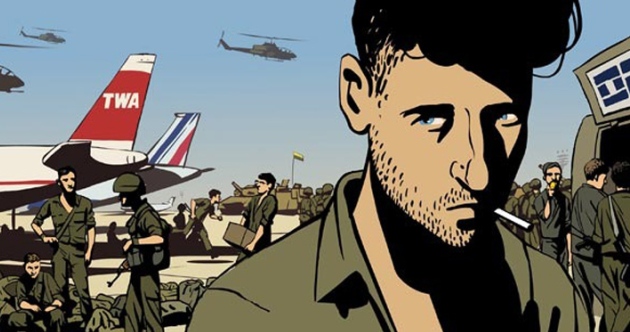
The twenty-first century has brought about a new and growing trend inclined on the production of animated documentaries that is, slowly but surely, making undeniable headway on the filmmaking arena. So far, the majority of these movies have opted to center their efforts primarily on short form which is more than understandable when considering the ever growing business of film schools as well as film festivals worldwide.
The critical success reached by semi-autobiographical animated works such as Persepolis (2007) and Sita sings the blues (2008), seems to have wet the appetite of many because more works integrating these disciplines are popping up. Nevertheless, while the trend may be considered fresh, the concept of animated documentary certainly isn’t.
Winsor McCay’s short The sinking of the Lusitania (1918) is most always cited as the first feature to treat this hybrid practice, but it must be noted that preceding it were acts like Arthur Melbourne Cooper’s British propaganda stop action short Matches: an appeal (1899) and George Mélies Guerre de Cuba et l’explosion du Maine à La Havane (1898). This is to say, that a broad idea of such a peculiar mix has been with the medium since its initial phase.
Of course, aforesaid information also helps to pinpoint the fact that cinema’s historical and structural details will always spark some sort of debate among the film community and, this is particularly true about the animated documentary subgenre since it still faces a core problem: reaching an irrefutable definition.
The nucleus of this dilemma lies within a divide in the analysis of language that basically pits purist approaches against modern freeform. How can such an extreme form of subjective representation as animation fit legitimately under the “objective” registry of documentary? (Naturally the term objective must be put under quotation marks on the grounds that every film is primarily manipulation) Well, since that answer is still being debated, here’s a very loose overview of the situation.
Documentaries make audiences accept that their product is conceptually truthful by mostly following the practicalities of photographic recording. They also rely on the spectator’s interpretation of their information as a montage of something that’s real.
A traditionalist way of assembling a documentary would entail that the camera (or tool), the operator (or mediator) and the scene (or canvas) function in an operatic manner to produce a pure point of view. On the other hand, animation on film as synthesized by Russian literary scholar Yuri Lotman, is an act of signs on signs. This system of symbols generates from scratch its own liveliness with a wide variety of possibilities at hand; contrary to documentary which relies on already set motion.
Animation persuades its spectators to accept a direct relationship with flashes of the limitless imaginary on the basis that the latter can be decoded by following patterns of communication that respond to a larger existential blueprint. In other words, both disciplines manifest properties of realism only from different vantage points. Yet, at the end of the day, what is ultimately being probed in this dilemma is the validity of each discipline’s apparently disparate creative prerogatives.
In any respect, the circumstances of film experience inevitably evolve and will continue to do so. This progression has brought about (in a very short time frame) a new type of consumer that is influenced more than ever by interdependence and visual stimuli.
Whether or not this last statement can be directly attributed to the current and unlikely renaissance of the animated documentary remains to be seen and is a whole other open issue. Be that as it may, what cannot be denied is that this subgenre is here to stay.
From the works of Paul Ferlinger [Drawn from memory (1995)] to the hugely influential Brett Morgen [The Kid stays in the picture (2002), Chicago 10 (2007)] to Albertina Carri [Los Rubios (2003)] to Afarin Eghbal’s record breaking prized student film Abuelas (2011); the animated doc is as diverse as it is promising. The following list features a small selection of some of the most exemplary works from the past decade that range from short to medium to long form.
10. Crulic: The Path to Beyond (Anca Damian, 2011)
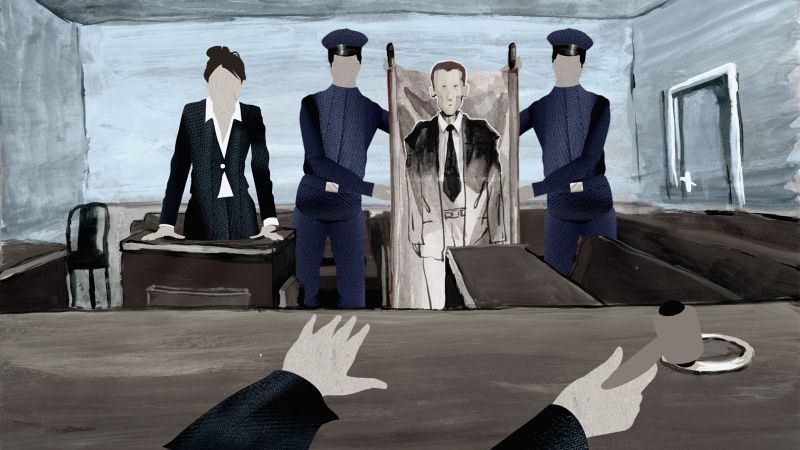
The main driving force behind this feature from Romania is the life and death story of young Claudiu Crulic, whom was wrongly accused and imprisoned for a small time theft while living in Poland. As a way to protest and cope with disillusionment, Crulic embarked on a hunger strike looking to prove a point that ultimately lead to nothing more than demise.
This film treats the spectator to a variety of visual techniques (mainly in the realm of lo fi) such as still photography, collage, stop motion and hand drawn animation, all within a very comfortable time frame that stretches just a bit over the hour mark. Crulic: the path to beyond is a thoroughly engaging cinematic rendition completely reliant on its hard hitting and ludicrous real life account.
9. 30%: Women and Politics in Sierra Leone (Anna Cady and Em Cooper, 2013)
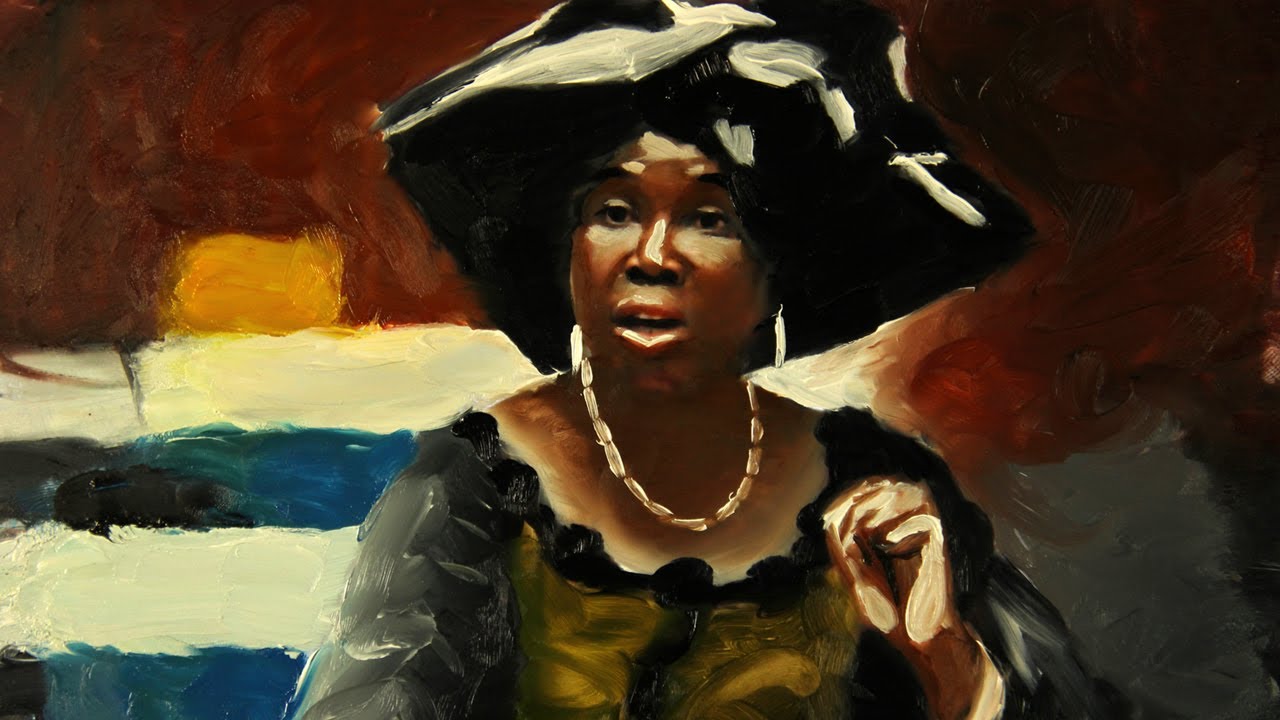
From the opening shot it becomes pretty clear that the gorgeous oil painted on glass technique which artist Anna Cady applies on this short, elevates substantially the whole piece. Although the film provides powerful subjects and narrative content, its treatment as a documentary is quite commonplace.
The topic of fairer female governmental representation in Sierra Leone is the key link that connects the three protagonists. Yet, the filmmakers wisely chose to construct their proposal around these women’s respective reflections of struggle as a way to delve deeper into matter. 30% is an inspiring female driven collaborative effort both in front and behind the camera.
8. Is the Man Who Is Tall Happy?: An Animated Conversation with Noam Chomsky (Michel Gondry, 2013)
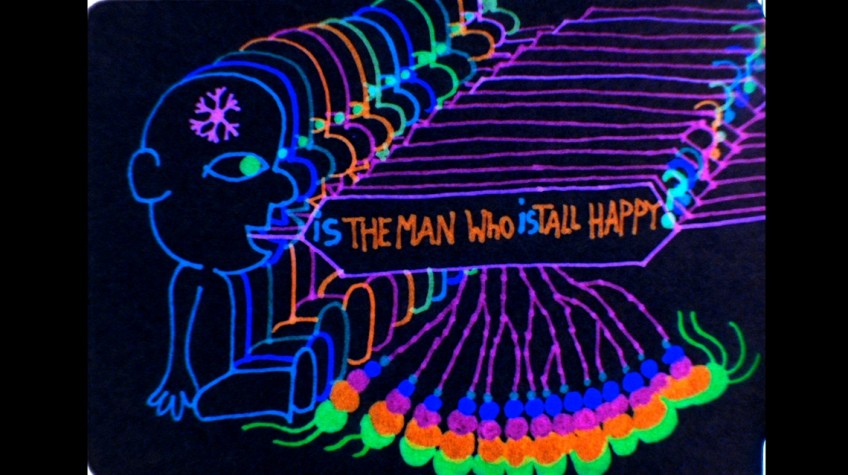
Although the premise of a filmed interview may sound boring, sometimes that notion is completely discredited. One such case is Michel Gondry’s most recent documentary in which hyper-active animation is used to absorb and transform the thoughts and conversations the Frenchman holds with renowned linguist Noam Chomsky. Is the Man Who Is Tall Happy? turns out to be an honest piece of filmmaking that plays one note very well and doesn’t need much more than that.
While clearly the spotlight is placed on Chomsky, this is also one of Gondry’s most personal works to date. Together they explore themes like as philosophy and modern science, but at the core of it all is language; both from a literal and figurative standpoint. Yes, it may be limited in terms of execution; however it never appears to be.
7. The Wanted 18 (Amer Shomali, Paul Cowan, 2014)
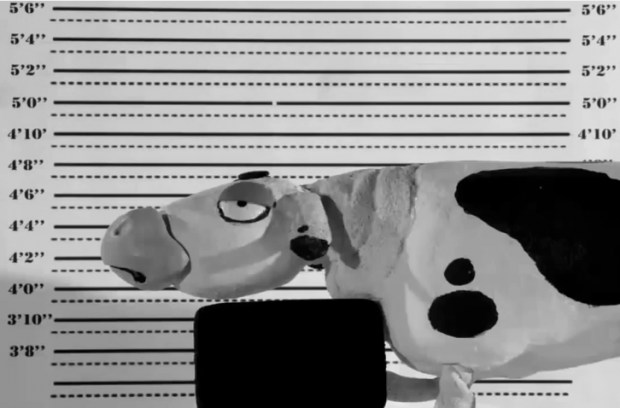
The Wanted 18 recounts how a group of cows became a threat to the security of Israel during the days of the first Palestinian intifada and, in the process, emerge as symbols for working class activism. Cartoonist and co-director Amer Shomali narrates the story, adding a personal touch that balances and compliments the mixture of serious and absurdist tones on which the film is built upon.
Stop motion animation and live action sequences serve as reenactments while archival footage and talking heads provide testimonial perspective. Love it or hate it, there should be nothing but compliments directed to Cowan, Shomali and company for turning a dreadful situation into a fairly funny movie.
6. Never Like The First Time! (Jonas Odell, 2006)
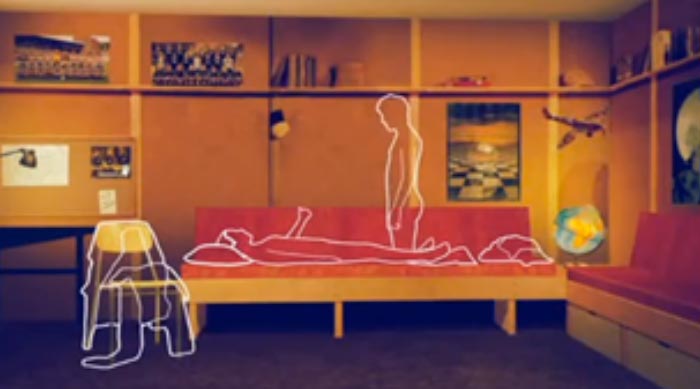
Four testimonies centered on the loss of virginity get the animated treatment in Never like the first time! from director Jonas Odell. Each segment is visually structured according to the speaker and his or her particular experience, which in turn conveys a versatile or transfigured approach that’s never jumbled or off point.
Apart from the obvious sexual common thread, this short thrives on the honesty these subjects bring to the table. It starts out in a funny note then goes lightly romantic, then turns to a dark vein and ends quite sweetly in just fourteen minutes running time. Jonas Odell’s first animated doc is as simplistic as it is universally appealing.